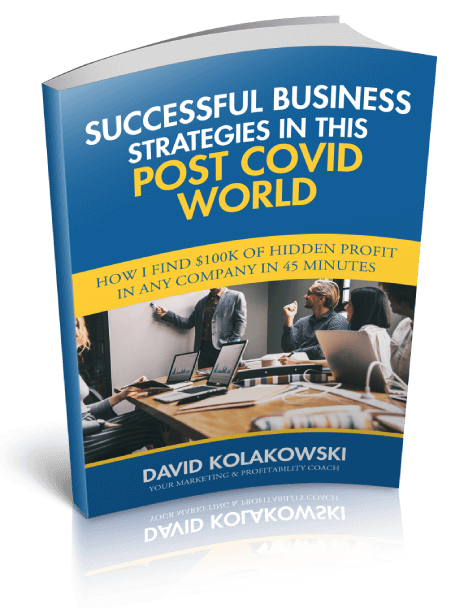Over the next few posts we’re going to talk about how to take a hard look at your current resources and get the most out of them. This can help your capital go further and increase your profit margin.
Today we’ll cover three different ways to maximize what you already have. These include:
- Recognize the obvious
- Unconventional breakthroughs
- Face the facts
Recognize the Obvious
Sometimes when you are too close to something, you can’t make out the big picture. You need to step back and really take a hard look at the resources you currently have in front of you. You are surrounded by opportunities that can boost your career and help your business become more successful.
Unconventional Breakthroughs
Don’t sit around waiting for breakthroughs you need to create them yourself. A breakthrough is merely a new way of doing things or finding a new thing to do for the same or better results. You should be having regular brainstorming sessions and encouraging your team to come forward with breakthroughs or ideas any time they have them.
Some great examples of breakthroughs are:
- A health and beauty company discovers a side effect of a product that can be re-marketed and sold.
- A company creates a roll-on deodorant inspired by the shape and size of a ball point pen.
- The founder of Nike poured rubber onto a waffle iron and created the most innovative and successful running shoe ever.
When attracting or strategizing for a breakthrough there are some key objectives you need to keep in mind. They are:
- Looking for the hidden opportunity in every situation.
- Looking for at least on cash windfall for your business every three months.
- The more value for your client, the better your breakthrough.
- Creating multiple streams of idea to find the best breakthroughs.
- Effective breakthroughs remove all risk or resistance.
Face the Facts
Before you can put your breakthroughs to work you need to face the facts of the processes and systems that are not working for you and work to correct or get rid of them. System analysis is a good way to do this. Once you have a listing of your strengths and weaknesses, you need to compare those to the strengths and weaknesses of your competitors.
There are some great questions you can present to you and your team to get a handle on where your business is right now. They are:
- Why did I first start this business? Why am I in this industry?
- What products/services did I offer then? Which were the most popular?
- Why are my customers/clients buying from me right now?
- How did I generate new customers/clients then?
- Which of my marketing efforts were bringing in the best results?
Once you’ve got some answers to these questions, you’ll know better how to approach your weaknesses.
These three areas we’ve gone over give you a jumping off point for how to utilize your current resources to their fullest potential. If you need any help with your strategic or systems analysis, try our FREE test drive to work with one of our amazing business coaches.



